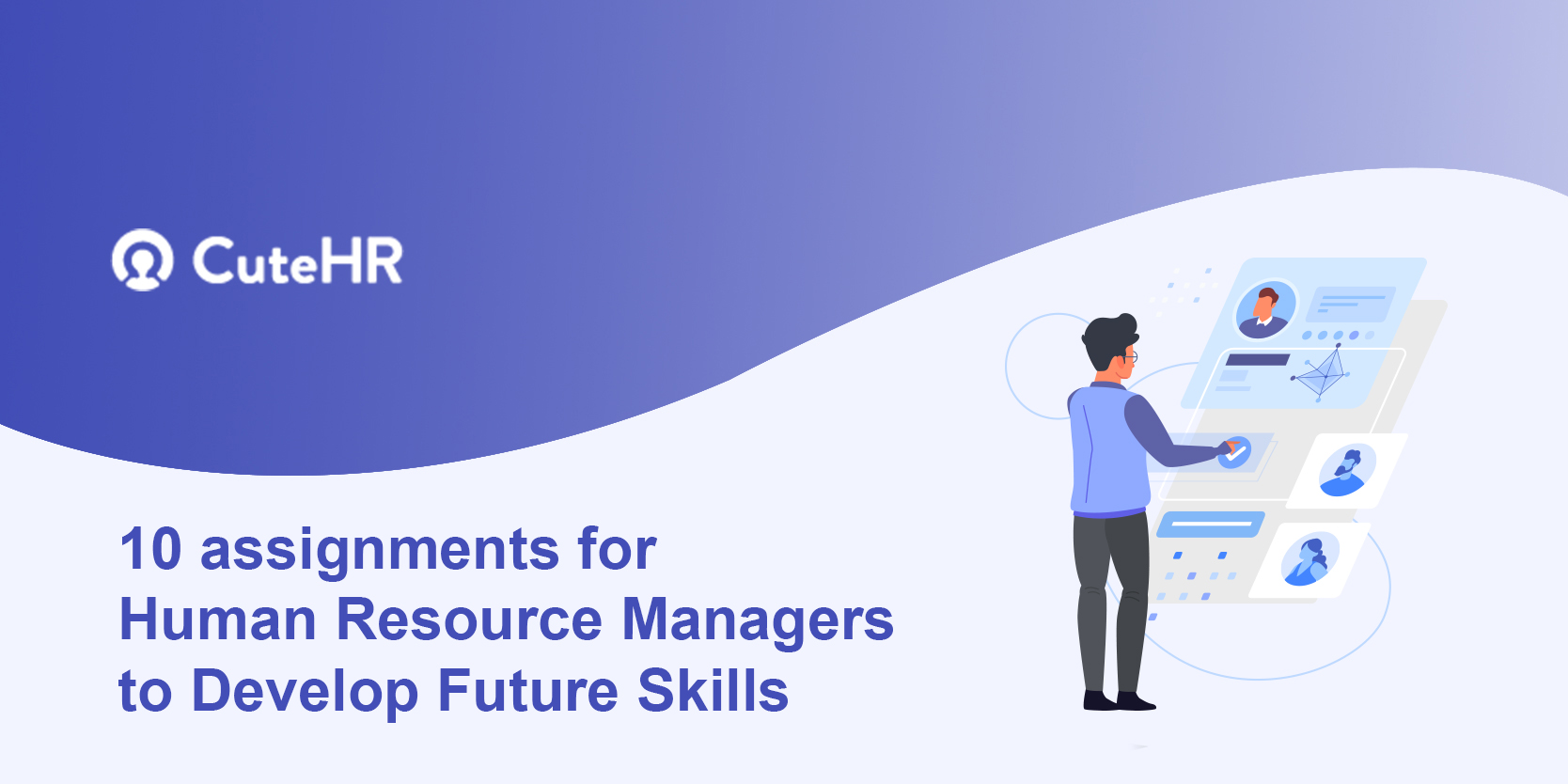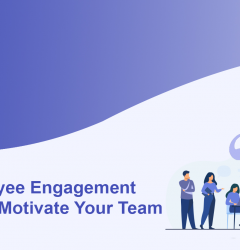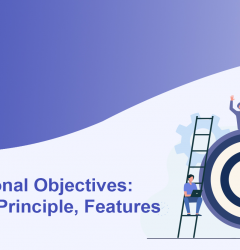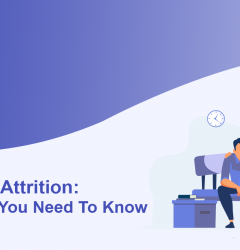21 May

The Covid-19 pandemic has put tremendous pressure on organizations to change the way they operate: from sales and marketing, to finance and customer service. CEOs know that resilience and capacity to innovate are deeply rooted in the company’s human resources.
To kickstart skilling efforts in the organization, what better place to start than to make sure the Human Resources department is properly equipped. Otherwise, who else should you empower to upskill the rest of your organization? As a matter of fact, the HR function is at the forefront of digital disruption. Your ability to build a skilled HR department is instrumental to make your organization future-ready.
Remember that when it comes to training, individual Active Learning (classroom, eLearning, reading, etc.) accounts for roughly 10% of the job only! Around 20% of the learning journey to retain a skill is done through others (mentoring, peer interactions, etc.) and 70% by actually doing things! Of course the right blend depends on you and other parameters, such as your company’s business, industry and individual themselves.
In this short article we will explore 10 SMART ways C-Level and Directors can make sure their HR Managers are being stretched in a good way, exploring projects that will strategically fit the company’s long-term growth and resilience to change.
Let’s get started!
Table of Contents
1. Present a digital transformation strategy to top management
Competency developed: Digital transformation.
Objective: Own the topic of digital transformation within your company.
Explanation: Yes, strategy! Ultimately digital transformation is about people skills and the ability to evolve in a digital environment. HR managers should be at the center of the conversation to understand future needs, analyze current gaps, and design a plan.
Tips: Read the literature on the topic. Collect feedback from experts or peers leading the same topic within their organizations. WORK WITH IT.
2. Create and present new dashboard to CHRO including key metrics and qualitative analysis
Competency developed: People Analytics.
Objective: Analyse your company’s HR performance and contribute to business success.
Explanation: Has your company a clear vision of its HR performance? Take advantage of the latest HR systems and Business Intelligence tools available to connect the dots. Measure actionable indicators and present them to management.
Tips: Collect expectations from CHRO and top management. Does your company already have a dashboard in place? Start collecting feedback from the current dashboard and try to connect new data points to provide new insights Collaborate with IT to learn how to structure and visualize data!
3. Make 5-year manpower plan aligned to business targets and present to top management
Competency developed: Strategic workforce planning.
Objective: Plan the Human side of your company strategy so it can meet its turnover, profitability, or sustainability targets.
Explanation: How workforce will be utilized in the future? How to attract and develop the necessary skills. You’ll need more than one meeting to produce such a plan.
Tips: Make sure you collect the most relevant business targets to get a clear vision of the 5-year objectives and gaps. Meet with business line manager, top management, and collect market data to validate assumptions.
4. Highlight company’s top 5 turnover reasons with action plan to top management.
Competency developed: Business partnering.
Objective: Develop your HR Managers to become real Business partner.
Explanation: From back seat to the front seat. HR managers are not only responsible for collecting data, but also to strategize an action plan.
Tips: This stretch assignment is better utilized during the yearly budgeting period where managers are expected to summarize data and action plans.
5. Ask HR Manager to personally train all managers on how to make Individual development plans
Competency developed: Career development planning.
Objective: Boost your organization career development culture and processes.
Explanation: It is true that HR managers do not own the career development paths of all employees, Line Managers do. On the other hand, HR Managers are responsible for the talent management process, making sure high potential employees are identified and that provided career paths match the organization’s long-term goals. This assignment will boost the HR Manager’s influencing skills while putting employee retention clearly at the center of the conversation.
Tips: This stretch assignment is better implemented with different workshops 5-7 managers maximum. Ultimately, the HR Manager shall control the quality of each Individual Development Plan (IDP) formalized. It is possible to imagine one on one sessions with managers failing to pass the IDP quality control.
6. Rethink your company’s benefit package and implement one innovative benefit in line with the new workplace reality
Competency developed: Compensation & Benefits management.
Objective: Make your company compatible with 2020 new workplace expectations.
Explanation: Disrupted times call for bold measures and flexibility has just become every employee’s number one priority. HR managers must be creative and offer to top management solutions that will guarantee performance while fitting the employee’s expectation of the new normal.
Tips: You do not need to think money when thinking benefit. A good place to start to ensure creativity would be to run a survey. For example, what does work from home implies for your employees, or top management? Try to know more about those changes, and how does the company can help.
7. Apply reverse mentoring within your team during monthly one on one sessions
Competency developed: People Management.
Objective: Become a more balanced leader, get a deeper understanding of the motivations of younger employees and get up-to-date with digital tools.
Explanation: The odds are your HR Manager is a bit older than the team he/she manages. Organize ways to collect constructive feedback about your leadership and use them to improve. Subordinates can offer a wealth of feedback and guidance (digital tools!).
Tips: Reverse mentoring is hard, but the benefits on leadership skills can be huge. Do come with an open mind. During the meeting, let subordinate talk most of the time. Receive their feedback with a smile and spare some time to study their deeper meaning.
8. Redesign performance management system to make it a continuous process.
Competency developed: Continuous performance management.
Objective: Retain and develop talents.
Explanation: Spoiler alert! Feedback is not a “twice-a-year” thing anymore and one should not wait 6 months to get a meaningful conversation about performance with its boss. To cope with new expectations of the workforce, it is critical companies rethink the way they manage and record employee’s performance.
Advice: Implement a culture of feedback by enforcing regular one-on-ones once per month. Turn to automated dashboards to measure competency development progress, KPIs and deviations.
9. Link learning and development activities to OKRs and competencies listed in your performance management system
Competency developed: Continuous performance management.
Objective: Get ROI from learning activities offered to employees.
Explanation: Whether your organization use OKRs (Objectives and Key Results) or KPIs & competencies, make sure learning activities are linked with performance outputs. Follow up implementation on a monthly basis using one on ones.
Advice: Diversify learning and apply the 70/20/10 approach: Active Learning, Social Learning and Stretch assignments.
10. Implement monthly change management committees with top management
Competency developed: Strategic workforce planning.
Objective: Put HR at the centre of change in your organization.
Explanation: HR Managers will not change organizations by themselves. They must collect voices from business line managers and must proceed to risk analysis before launching propositions.
Advice: Change needs buy-in at the highest level. Get your CEO buy-in and offer him a seat at your committee.

Do you agree with those suggestions? Do they sound challenging enough to develop long-term skills? Or at the contrary too difficult? Are you an HR Manager willing to develop future-proof skills or a CEO that want to impulse change in the organization? Let us know in the comments below. If you want to get more ideas to develop your teams, you can browse different development plans with 70/20/10 activities on Huneety.com. New positions are added every week.
This article has been written by our guest writer Simon Carvi who is an HR expert professional presenting over 7 years of experience gained through roles in Talent Acquisition and Employee Retention globally and in APAC. Simon is passionate about how people learn and the future of work. He helps organizations find practical ways to upskill their workforce as Huneety top learning contributors.












Simon Carvi